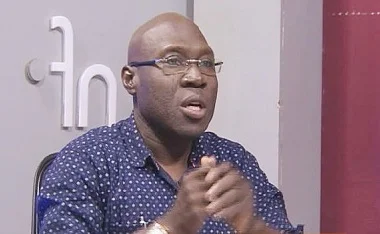The share of female researchers as a percentage of total researchers in Ghana lies below 30 percent (26.1%), and also below the global average of 33.8 percent. As a result, more increased investments in the field of science alongside efforts towards bridging the gender gap are required, according to a new report by UNESCO.
A more disaggregated analysis of the density of females in research fields in the country shows that, only 9.3 percent of women are into Natural sciences, 6.8 percent in Engineering and technology fields, 11.2 percent in health and welfare, 24.7 percent in Agricultural sciences, and 40.8 percent in Social sciences and humanities.
Evidently, this shows how overrepresented women are in the last category, and this trajectory has been followed through for years. Gender parity has been reached in the humanities, social sciences and arts but largely different from those in the other fields as aforementioned.
Only a few countries have reached gender parity in the field of engineering and technology. According to the report, Kuwait, Malaysia, Azerbaijan, Myanmar have achieved gender parity in engineering and technology.
Increase in investments needed globally
Globally, the report indicates that spending on science increased by 19% worldwide between 2014 and 2018. The number of scientists grew by 13.7% to 8.8 million and spending has been further increased by the response to the COVID-19 pandemic.
However, the 2014-2018 figure masks huge inequalities in that growth, with the United States and China between them accounting for nearly two-thirds of the increase, the UNESCO report indicates.
Meanwhile, the G20 still accounts for more than 90 percent of research expenditure, researchers, publications and patents.
Still, about 80 percent of countries still devote less than 1% of gross domestic product (GDP) to research, prolonging their dependence on foreign technologies.
Audrey Azoulay, director-general of UNESCO, indicated that the science landscape had become a landscape of the powerful. Furthermore, she warned that Sub-Saharan Africa, with only 0.5% of its GDP devoted to scientific research, is going to be left behind.
Meanwhile, this compares with 2.73% in North America and 2.13% in East and Southeast Asia. “We must invest more and invest better,” she indicated.
“Science must become less unequal, more co-operative and more open. Today’s challenges, such as climate change, biodiversity loss, decline of ocean health and pandemics are all global. This is why we must mobilise scientists and researchers from all over the world,” she noted.
More than 30 countries raise spending
More than thirty countries have raised their research spending since 2014, in line with their commitment to the Sustainable Development Goals.
Some governments are seeking to improve the status of researchers through pay rises and other means.
“The global researcher population has surged since 2014. The COVID-19 pandemic has energised knowledge production systems,” the report reveals.
“This dynamic builds on the trend towards greater international scientific collaboration, which bodes well for tackling this and other global challenges such as climate change and biodiversity loss.”
READ ALSO: Gov’t spends GH¢65.2 m on SDG 12 in 2020





















